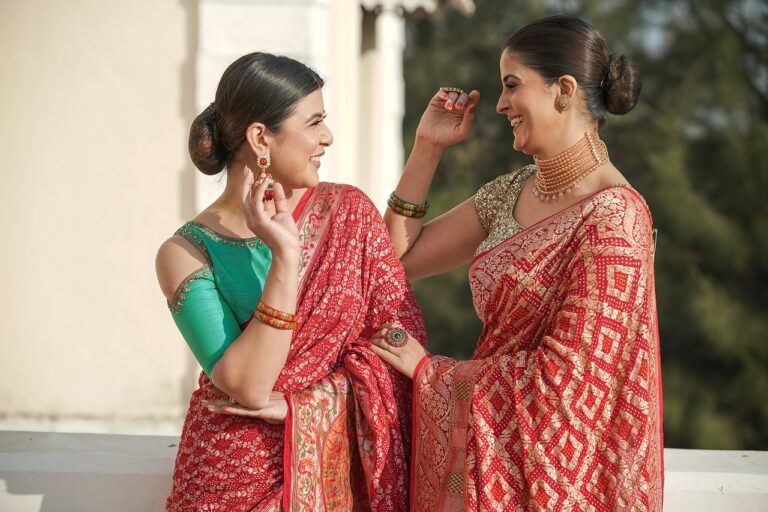Sustainable Fashion: Trends and Brands Making a Difference
Sustainable fashion is increasingly gaining traction in the industry, and one of the key driving forces behind this change is the emphasis on using eco-friendly materials. Designers and brands are exploring a wide range of sustainable options, from organic cotton and linen to recycled polyester and Tencel. These materials not only help reduce the environmental impact of production but also appeal to the growing number of eco-conscious consumers seeking ethical and sustainable fashion choices.
In addition to traditional eco-friendly materials, there is a rising interest in innovative alternatives such as pineapple leaf fiber, apple leather, and mushroom leather. These cutting-edge materials offer unique textures and properties while promoting sustainability in the fashion industry. As technology advances and consumer awareness continues to grow, we can expect to see even more creative uses of eco-friendly materials in the future of fashion design.
Innovative Sustainable Fashion Technologies
Innovative sustainable fashion technologies are revolutionizing the way clothing is designed, produced, and consumed. From 3D knitting machines that create garments with minimal waste to dyeing processes that use recycled water and non-toxic materials, advancements in technology are driving the fashion industry towards a more sustainable future.n
Furthermore, the integration of blockchain technology is enabling greater transparency in the fashion supply chain, allowing consumers to trace the journey of their garments from raw materials to the finished product. This increased transparency not only fosters trust between brands and consumers but also helps to ensure that ethical and sustainable practices are being followed throughout the production process.
The Rise of Circular Fashion Practices
Transitioning towards circular fashion practices is becoming increasingly prevalent in the fashion industry. This shift involves moving away from the traditional linear model of take-make-dispose towards a more sustainable approach. By implementing practices like upcycling, repairing, and recycling, fashion brands are not only reducing waste but also fostering a more mindful consumption culture among consumers.
One of the key benefits of circular fashion practices is the minimization of the industry’s environmental footprint. By prolonging the lifespan of garments, reducing resource consumption, and decreasing the amount of textile waste sent to landfills, brands can significantly lower their impact on the environment. Additionally, embracing circularity allows for the creation of innovative and unique designs that promote creativity and sustainability in the fashion industry.





